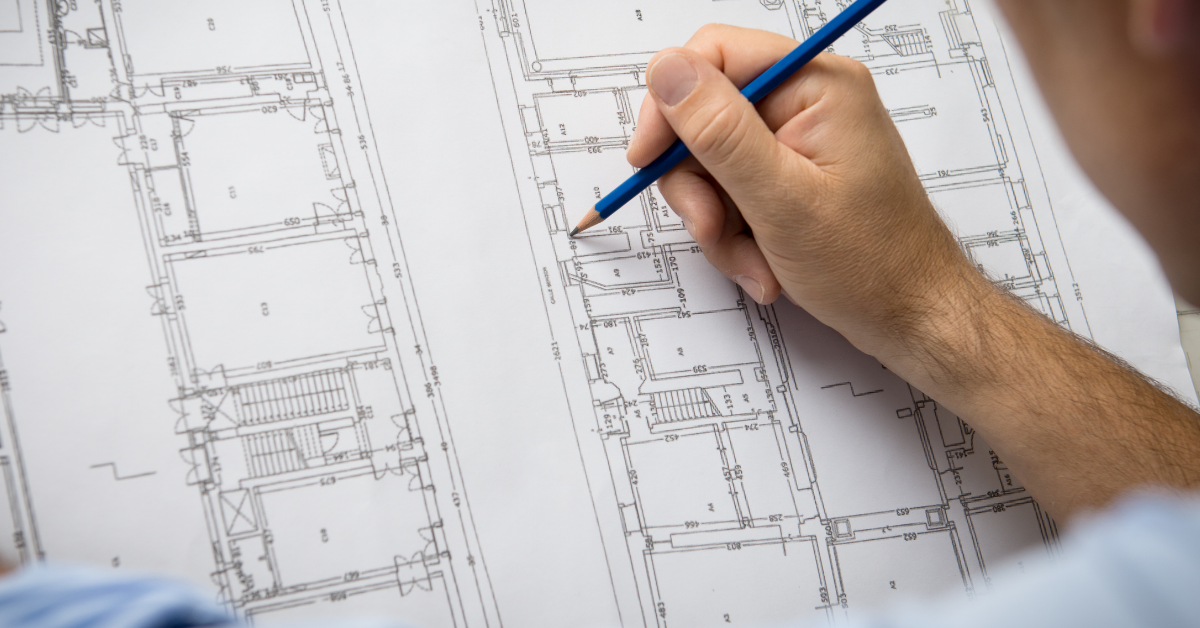The multibillionaire inventor of the “Airblade” hand dryer, and a revolutionary vacuum cleaner and hair dryer, James Dyson, commenting on the theme of the importance of structural engineering in building design, said that his first inspiration about engineering and design was a teacher in the Royal College of Art, who said: Structure is architecture.
The Building Design’s Primary Needs
Building design is a bit like Abraham Maslow’s hierarchy of needs, if primary needs are not met, there is no point speaking of the “higher needs”. If a building does not stand up, safely hold its occupants, and provide safe and accessible space, there is no need to mention natural light, the feeling of space, or the building and maintenance costs.
Moving Towards an Industrial Modern Design
Recent interior architecture has moved in an “industrial modern” direction, in which expensive restaurants, gyms, or even churches may have exposed joists and rafters, HVAC ducts, wiring conduits, etc. This echoes the importance of structural engineering in building design–that design can emulate or expose engineering, benefiting both.
Robert Maillart was one of the most influential and pioneering reinforced concrete bridge builders of the 20th Century. His trademark was to expose all structural elements, minimize them, and to remove anything that did not actually bear loads. In doing so, he simultaneously built economical structures, which could win bids for their low materials and labor prices, while at the same time creating masterpieces which were slender, elegant, and recognized more by architects than by traditional engineers and builders. His greatest standing monuments are slender reinforced concrete arches which span spectacular river chasms in Switzerland and Germany. His enduring influence is a testament to the Importance of Structural Engineering in Building Design.
Saving Lives: The Importance of Structural Engineering in Building Design
The minimization of elements to create designs that are structurally strong and enduring is also a process that can save thousands of lives during disasters. In Haiti, the earthquake of 2010 killed perhaps as many as 250,000 men, women, and children. Many of them were killed by their own weaponized homes. The most lethal instrument in that disaster was the solid concrete flat roof. It is not uncommon to see in the Dominican Republic and Haiti, among the aspiring middle class, a flat roof constructed of a 6” solid concrete slab. Such roofs’ self-weights can be over 75 pounds per square foot.
They absolutely depend on robust connections to reinforced columns which are properly founded in stiff soils by footings of appropriate depth, as well as reinforced interior walls, and the protection of rebar in the roof from salt air of the coast by a sufficient outer layer of concrete. Many of those elements were lacking because the average home there is built without the influence of a structural engineer, and methods for building a one-story home are multiplied into multi-story homes and retail spaces without seeing the multiplication of shear forces as weight and height multiply, in the momentary event of an earthquake. This disaster demonstrated the vital importance of structural engineering in building design.
Contact Areté Engineering for Your Structural Engineering Needs
If you need assistance developing your structural engineering plans, we’re here to help. Our team regularly serves architects, contractors, and private owners so we can help you with your commercial or residential projects.


